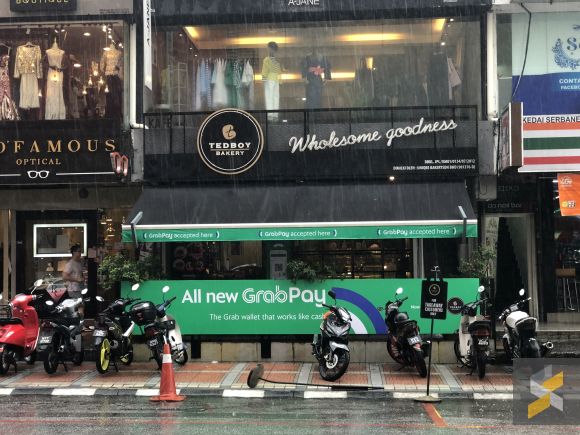Grab is a little behind if we’re talking about mobile wallets, at least in Malaysia. We already have a several different ones that work roughly the same, with some kind of unique rewards system and payment that happens via QR code.
But, just like Google wasn’t the first search engine to exist, the brand new GrabPay wallet is counting on the fact that you don’t need to be first to be the best. And honestly, they’re making a strong case for it because GrabPay already brings a lot to the table that its competition doesn’t.
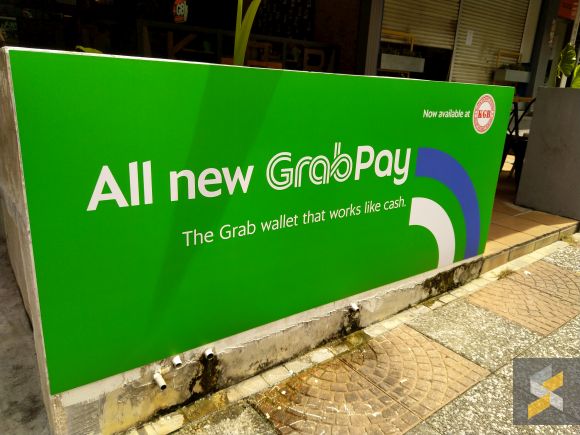
GrabPay isn’t exactly a new concept. If you’ve ever paid for a Grab ride with your credit or debit card, you would have had to select the GrabPay option in the ride hailing application. But, despite having the same name, the GrabPay wallet isn’t exactly that.
Instead, it functions a lot like a regular mobile wallet, where you reload it with cash before using the app to pay for your purchases at physical stores. Right now, the wallet can hold up to RM1,500 if you go through all the necessary verification procedures, but even if you don’t you can still hold up to RM500 in the wallet.
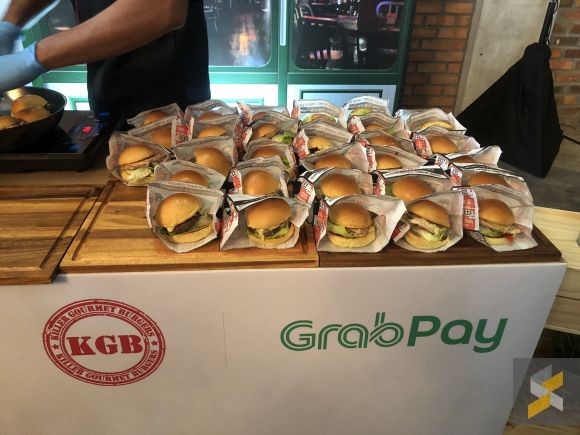
Payments are made via a QR code at any of the 500 participating merchants in eight major cities around Malaysia. Some of these include chains like Tealive, Tedboy, KGB Burgers, and TeoChew Chendul, as well as eateries like Devi’s Corner in Bangsar, Burps & Giggles in Ipoh, Kopi Ping in Kota Kinabalu, among others.
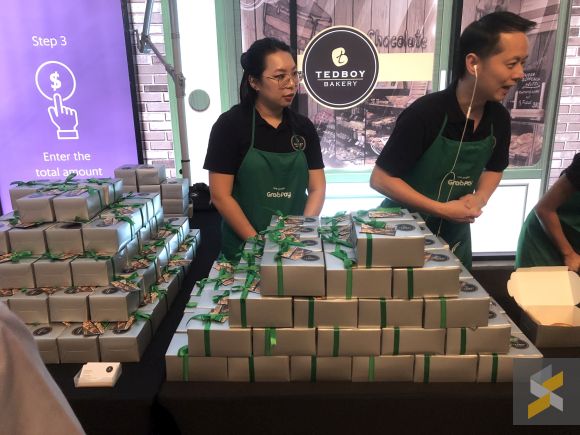
Although 500 merchants looks like a small amount right now, the company plans on expanding this number aggressively. A Grab rep that I spoke to told me that their goal is to surpass their competition by the end of the year which sounds like a pretty tall order to me. What’s more, their roll out plan is currently focused on shops that don’t already accept some form of digital payments — like small gerais and hawker stalls — so that GrabPay can be this gateway into the cashless world.
In fact, Grab’s not charging participating merchants any fees right now for using the system. Grab does say that even when they eventually start charging a fee, it won’t be overbearing for the merchants though they didn’t say how much it would be exactly.
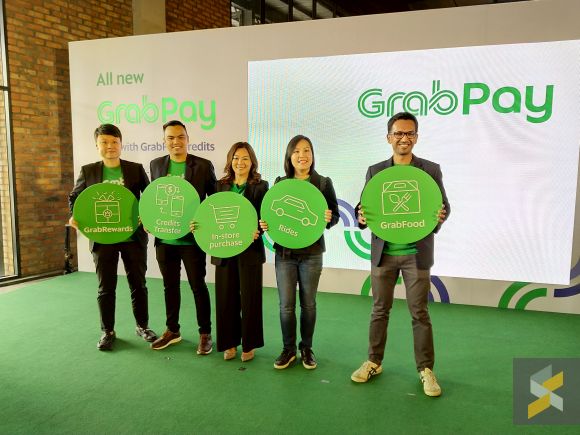
That said, using it to buy things isn’t GrabPay wallet’s only function. Users can also send money between each other with it. Money can be sent via a QR code or the user’s mobile phone number so it can be pretty useful when you need to split the bill, for example.
Besides that, users who use the GrabPay wallet will also earn GrabRewards points each time they use it — similar to how it works with Grab rides. These rewards add up, upgrade your status and can be used to redeem various rewards in the Grab app. Grab also says that these rewards points work across the Grab regions so if you’re in Singapore, you can use your points to redeem things there. However, if you want to use the GrabPay wallet in different countries, you will have to top up that country’s currency before you can pay with GrabPay.
As a whole, I think the wallet itself is pretty straightforward and when I tested it out, I didn’t run into any problems. You top up cash, pay with it via QR code, earn some kind of rewards and track your expenditure. These aren’t things that we haven’t seen before yet.
What makes it special then?
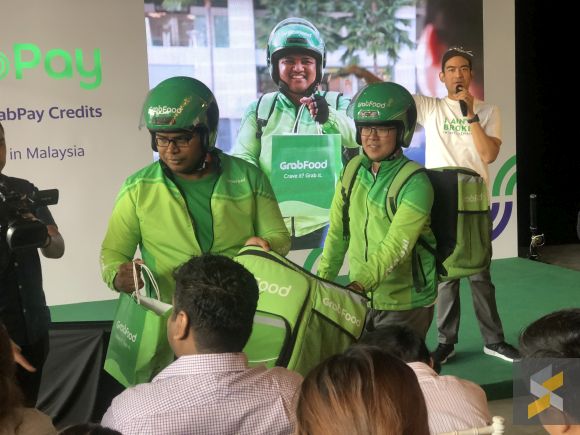
Well, that would come down to the Grab platform itself. Unlike their competition, you can also use the GrabPay wallet to pay for your Grab rides and for GrabFood as well, which lends a whole new dimension to the mobile wallet.
Not only can you buy stuff with the credit in your wallet, but you can also pay for food to be delivered to your doorstep or have Grab deliver you to the food’s doorstep. It becomes a far more integrated solution that the other mobile wallets available to us right now simply can’t compete on.
Then, there’s the fact that you don’t need a separate app for the GrabPay wallet because you can access it in the Grab app itself. Now, if only they’d roll GrabFood into the main Grab app too. Please?
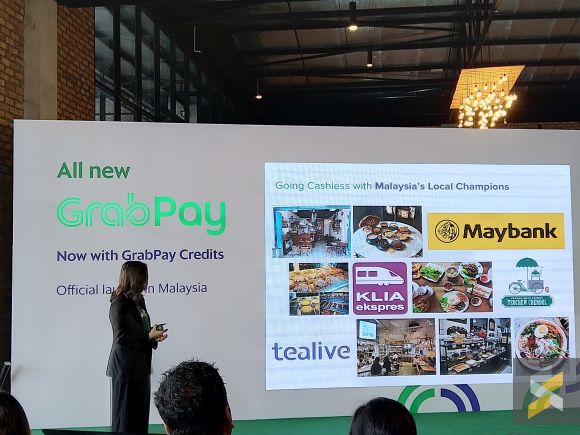
Besides what I’ve already mentioned, Grab also gave us a glimpse into some of the things the have in the works which include a partnership with Maybank and KLIA Ekspres.
With Maybank, the goal is to have the GrabPay wallet work not just with GrabPay merchants, but also Maybank’s own QRPay merchants. On the other hand, with the KLIA Ekspres partnership, Grab announced that by mid-July, GrabPay wallet users will be able to pay for their KLIA Ekspres rides from KLIA, KLIA2 and KL Sentral with GrabPay.
Are we looking at the perfect mobile wallet solution?
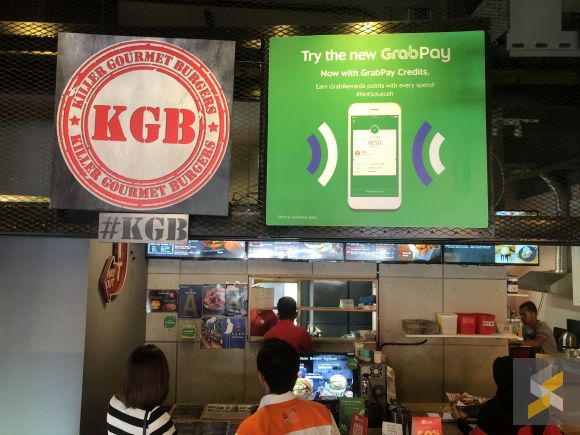
I don’t think so, at least, not from what I’ve seen today. There are a couple of issues I have with this service that I hope they will be able to address down the road.
The first, is that I would love the ability to link my credit or debit card to this wallet and pay with it through the GrabPay wallet at GrabPay merchants, so I don’t have to keep my money tied up in the app. Kind of like the way FavePay does it. And actually, exactly like how you use GrabPay for Grab rides.
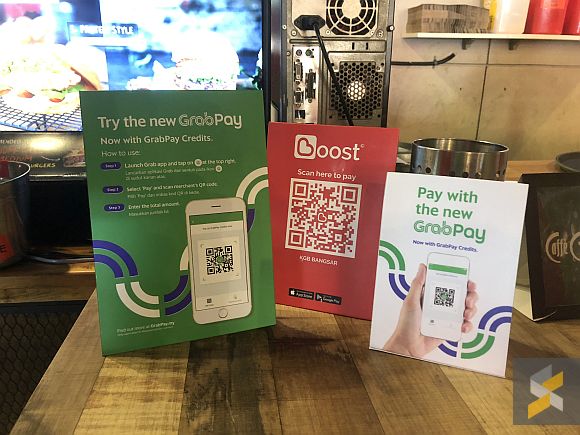
I already have my money tied up in services like Touch N Go and a few other existing mobile wallets, so I really don’t want to be forced to have even more of my money tied up in yet another application that isn’t my bank account.
On the merchant side of things, concerns have been raised regarding how soon they’ll be able to get the money they earn via GrabPay deposited into their bank accounts. As it is, Grab drivers have been telling me about how they don’t like receiving payments in credit because it takes several working days to appear in their account.
We asked Grab during the press conference, but they didn’t really give us an answer. I guess at this point only time will tell.
Still, I think the GrabPay wallet is poised to do some big things in the mobile wallet space. If the execution continues to go well and we start to truly be able to rely on this service, I think that this could potentially be the mobile wallet app for Malaysians.
What do you guys think? Let me know in the comments below.


